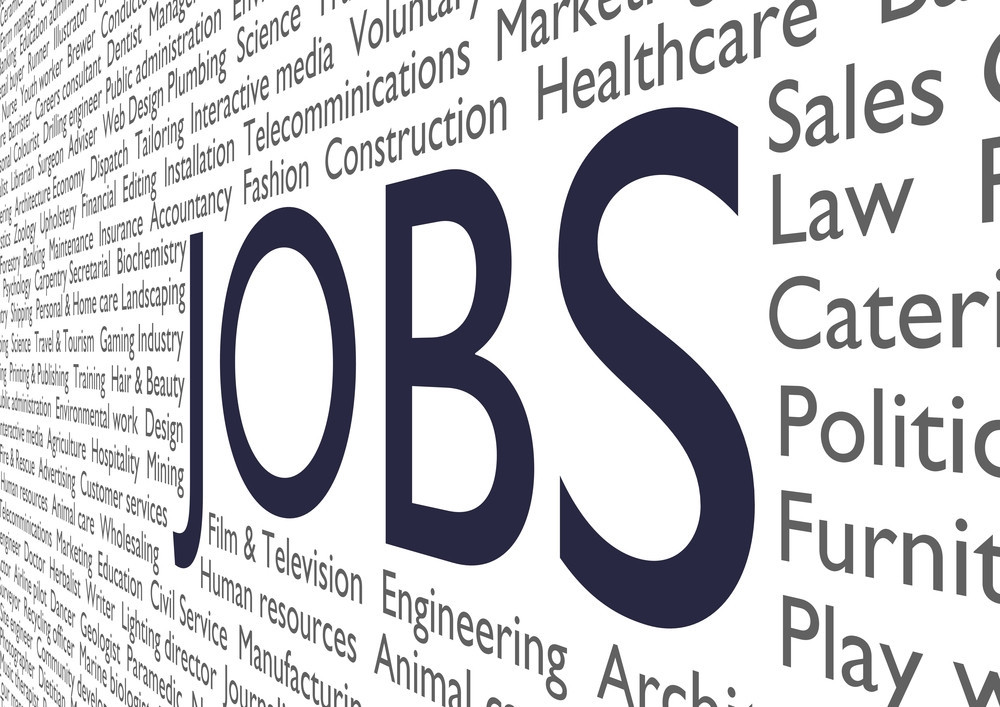
Before the opening bell on November 1, the major exchanges were soaring after the release of a surprisingly positive job report that had investors asking the question, “What recession?”. Shortly after the markets opened the S&P 500 and the NASDAQ reached all-time highs.
Wall Street got a belated October surprise with the release of the monthly Jobs Report on November 1. The report came in with a higher than expected 128,000 non-farm payroll jobs added in October. But the good news was only beginning. Investors were also treated to data that indicated an additional 95,000 more jobs were added in August and September than previously reported. The new numbers showed 219,000 jobs being created in August and 185,000 jobs being created in September.
The labor force participation rate ticked up to 63.3% from 63.2%. This coincided with an increase in the unemployment rate to 3.6%. The unemployment rate increases as more people make a decision to re-enter the workforce. Joblessness remains at a 50-year low.
In fairness, analysts had been forecasting a wide range of outcomes, but the consensus opinion was that the number would come in at less than 100,000 jobs.
However you view it, this was a strong report. One of the overarching themes heading into this Jobs Report was that employers were finding a lack of qualified workers. Some of this was that wages were not enough to get an employee to change jobs or re-enter the workforce. To that end, average hourly earnings rose by 0.2%. Wages are up 3% from this time last year, continuing to outpace inflation.
Construction, service-providing, and retail sectors led to the increase. Not surprisingly, the number of manufacturing jobs was declining. However, that number did not include the effect of the General Motors strike. Thousands of GM workers were on strike in October and would not have been included in the report. Friday’s report showed manufacturing jobs falling by 42,000. However, excluding autos, manufacturing employment actually increased for the month.
The Jobs Report capped off a week of conflicting data
On October 30, the Commerce Department released household spending data that showed a seasonally adjusted 0.2% rise in September from August. The number is showing that consumers continue to do their part to carry the economy. But the stimulus from the tax cuts is starting to fade.
“We’re still in an expanding economy, but one that is expanding at a slower clip,” said Gregory Daco, chief U.S. economist at Oxford Economics.
Labor costs also rose modestly which helped keep U.S. inflation at bay. This was a fact that was reiterated by Federal Reserve Chairman Jerome Powell in his announcement of lower interest rates on October 30.
This is in contrast to competing data that is showing spending in the manufacturing segment continues to decline. On Halloween, the Chicago PMI Index came in at 43.2. Any number below 50 indicates contraction. However, what alarmed the market was that the preliminary indication was for a 48 number.
And, after the release of the household spending data, Macroeconomic Advisers – a leading forecasting firm – lowered their estimate for fourth-quarter gross domestic product (GDP) growth to a 1.6% annual rate from a 1.7% annual rate. This would be lower than the 1.9% annual rate reported in the third quarter by the Commerce Department. And lower still from the 2% annual rate in the second quarter.
What will this mean for interest rates?
The strong jobs report and muted inflation would seem to provide support for the Fed’s decision to hit the pause button on further interest rate cuts. Had the report shown that job growth was slowing, it would put more pressure on the Fed to cut rates when they meet again in December.
The trade war and political uncertainty may weigh on hiring
Overall, the jobs report seems to confirm the bullish case for an economy that continues to expand. But employers are not necessarily saying that there aren’t any headwinds. The U.S. is entering an election year. Political uncertainty always affects spending decisions – including hiring – by businesses. The trade war and associated tariffs will also remain a potential drag on business hiring.
“The danger is that businesses begin to pull back not only on capital spending but also on payrolls, which would take much of the steam out of growth in consumer spending,” wrote Richard Moody, chief economist at Regions Financial Corp., in a note following the release of Wednesday’s GDP report.
Before you make your next trade, you'll want to hear this.
MarketBeat keeps track of Wall Street's top-rated and best performing research analysts and the stocks they recommend to their clients on a daily basis.
Our team has identified the five stocks that top analysts are quietly whispering to their clients to buy now before the broader market catches on... and none of the big name stocks were on the list.
They believe these five stocks are the five best companies for investors to buy now...
See The Five Stocks Here
Unlock the timeless value of gold with our exclusive 2025 Gold Forecasting Report. Explore why gold remains the ultimate investment for safeguarding wealth against inflation, economic shifts, and global uncertainties. Whether you're planning for future generations or seeking a reliable asset in turbulent times, this report is your essential guide to making informed decisions.
Get This Free Report
Like this article? Share it with a colleague.
Link copied to clipboard.